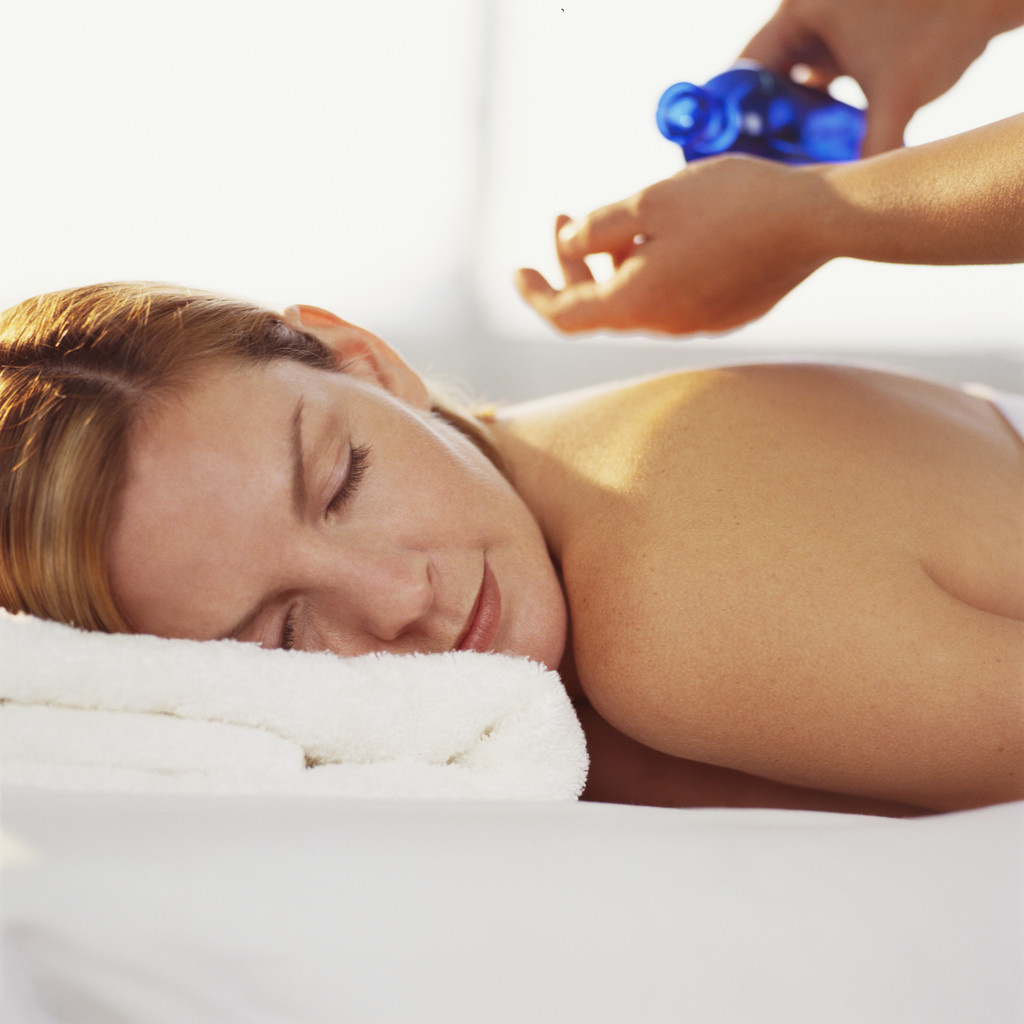History of Massage

Massage as a therapeutic agent emerged along with other kinds of traditional medicine in ancient times. One may even say that even before the origin of man, because some of the animals (licking, etc.). Can be reasonably attributed to the original massage.
In its original form, ie as a simple friction, stroking, massage has emerged as a therapeutic agent at the dawn of mankind. People, having no other means of influence, in different situations have resorted to the only vehicle that was available to them - to the hands. So according to legend, seeking to ease the pain they produce friction and effleurage the injury site.
The fact that the massage was familiar primitive peoples, said information about the use of massage peoples inhabiting the Pacific Ocean. Has been widely circulated massage and among the peoples of Indonesia. It was used as a general or local action, and included such techniques as kneading, crushing (pressure), friction and effleurage. Many famous works of ancient manuscripts and said about the techniques that we now refer to massage, ie, friction, kneading, effleurage, widely used in hygienic or therapeutic purposes.
Massage in the Ancient World
Massage has been known in ancient Egypt, Abyssinia, Libya and other countries over the 12 centuries up to AD This is evidenced by images of different massage manipulations on papyrus and alabaster reliefs that decorated the royal palaces. In letters Mukallima (XIV century before NE), doctor of the temple near Nippur (ancient Mesopotamia), there are recommendations for massage and rubbing oils with injuries and illnesses. During excavation of tombs of Egyptian commander was found papyrus depicting methods of massage - stroking a calf, rubbing the foot, tapping the buttocks and back. Savary, in his letters about Egypt, describes the use of saunas and massage: "washable held a series of heated rooms, the latest, clean, tight and mash with extraordinary care, members of his pull and make snap joints.
From Egypt, massage, along with "umaschivaniem (grinding), oils and ointments, extensive use of bath goes to Ancient Greece, where, in combination with gymnastics is one of the most important parts of healing art. The greatest physicians of ancient Greece believed massage mandatory element of Hellenic culture. Gerodikos was the first advocate of massage for patients and healthy people He massaged every day, was doing physical exercises and had excellent health. In Homer's poems describes how Circe in The Odyssey umaschivala bath oils and ointments rubbed it, and the women knead the body of soldiers before the battles. Evrikleya doing massage Odyssey. She learns the king Odysseus, returning home to Ithaca, the scar from the canines - the traces of the hunt. Odysseus clamped her mouth with his hand that Penelope had not heard her cry of joy. Odysseus comes up behind the swineherd Evmey covered with hairy skin and also learns the host. At the feet of Odysseus - his faithful old dog Arg. In the days of Hippocrates, massage was used to hygienic and medical purposes (for diseases of the joints and dislocations). Thus, Hippocrates wrote: "The joint may be the compressibility and relaxed massage. Friction causes contraction or relaxation of tissues, leading to loss of weight or fullness, dry, and frequent friction pulls, and soft, gentle and mild thickening tissue. Well-known saying of Hippocrates that the physician should be skilled in many ways, including massage. Massage (or apoterapiya) in ancient Greece, usually held in the baths, in combination with physical exercises, active or passive nature, rubbing oils and ointments. The ancient Greeks baths were dedicated to Hercules. Studied in great detail with a massage or apoterapiey Oribaz, who lived during the reign of Emperor Julian. In his book he describes the practical techniques of massage and gymnastics.
Greek physicians discovered in ancient Rome, its schools of massage. Asklepiad doing massage on dry skin with oil, strong and weak, short-and long-lasting, Celsus recommended rubbing to remove sediment and effusions in the tissues. During the period of Roman rule the use of hydrotherapy and massage for prophylactic and therapeutic purposes becomes particularly large scale. In all the cities, where the Romans settled, comfortable, built baths, the so-called "terms". The extent of water treatment can give an idea of Baths of Caracalla or Diocletian, where both could use the procedures up to 3500 people. In the baths the Romans to preserve harmony, grace and beauty of the body and swim in the pool of aromatic baths, and here they take massage, manicure, pedicure, gymnastics. In the baths were built rooms, specially adapted for manipulation (massage), in one of these rooms, called "trepidarium" slaves first warming up, rubbed balms body bathing and forced them prodelyvat various gymnastic exercises, preparing for the massage. Then the real masseuses massaging the whole body, especially joints. The celebrated Galen, chief medical school of gladiators in Pergamum, identified nine types of massage, he described the technique of stroking, rubbing and kneading of muscles. The Romans attached great importance to the grinding of the whole body, and doctors have advocated this method of massage in their daily lives. Celsus was a multi-volume encyclopedia of "Artes" ("Art") in Latin. In eight volumes devoted to medicine, a great attention is paid to hygiene (water procedures, bath), dietetics (food), medicine, surgery, massage, exercise, etc.
According to the description of travel, massage as a healing agent has also been used by natives of various tribes of South Africa. This massage, in some cases resembled the brutal torture, but for the assurance massaged, brought them relief. In pre-Columbian America, the Aztecs of Peru healers (koleuala) is widely used massage (in the form of rubbing) with analgesic herbal remedies.
